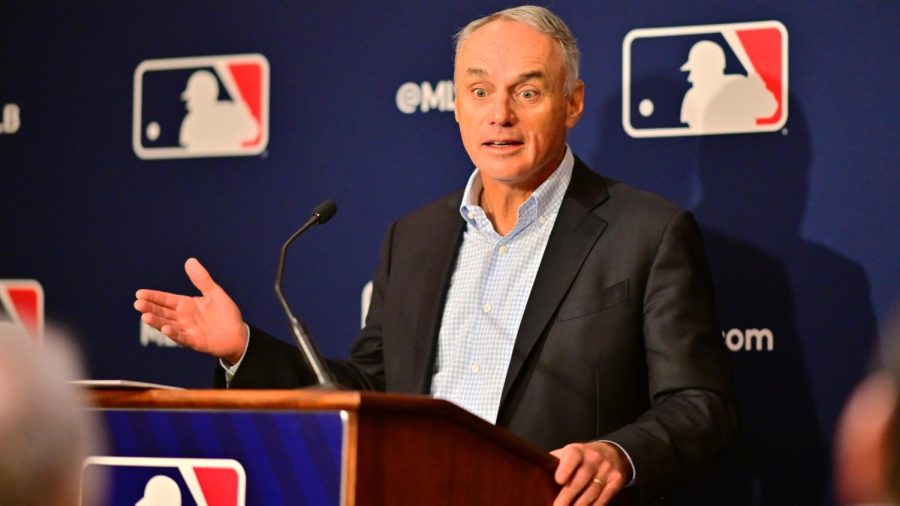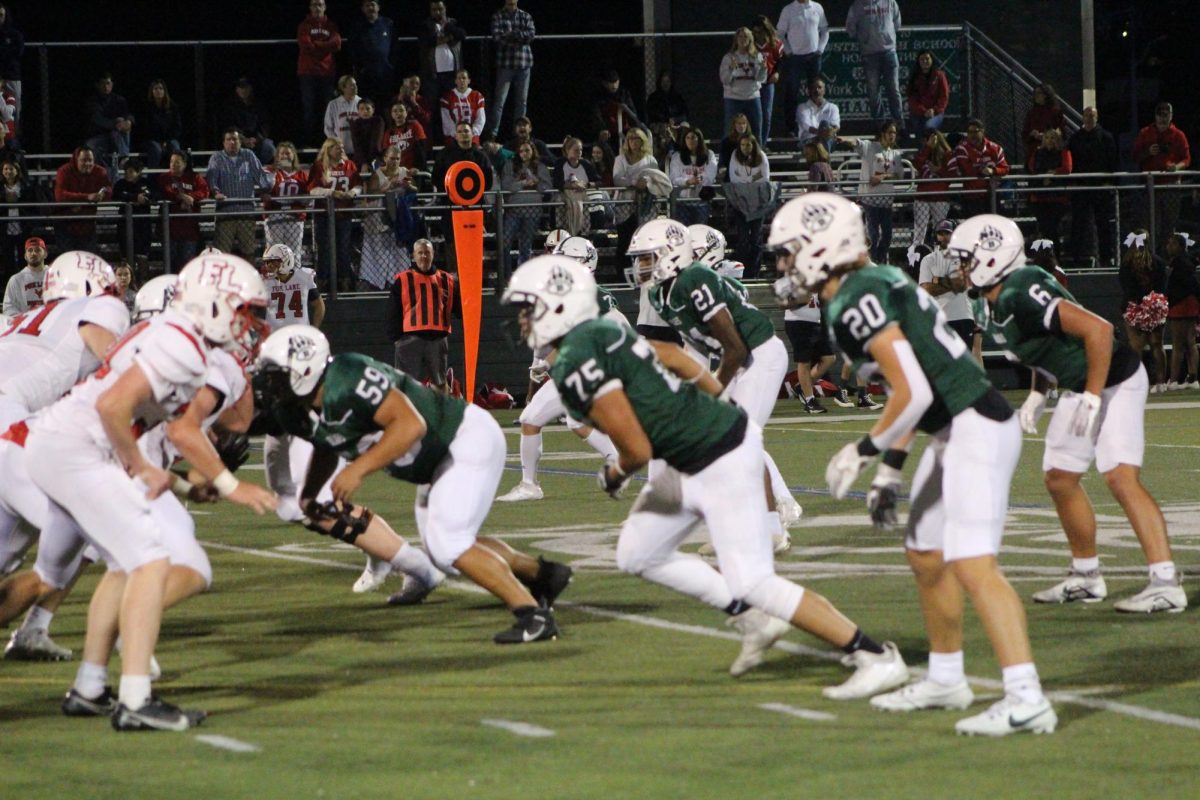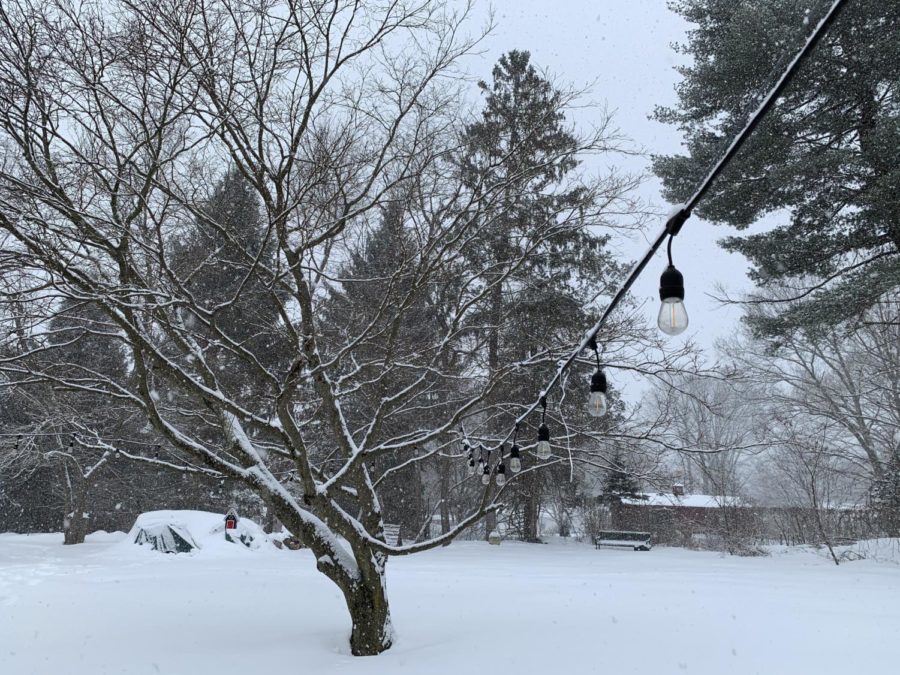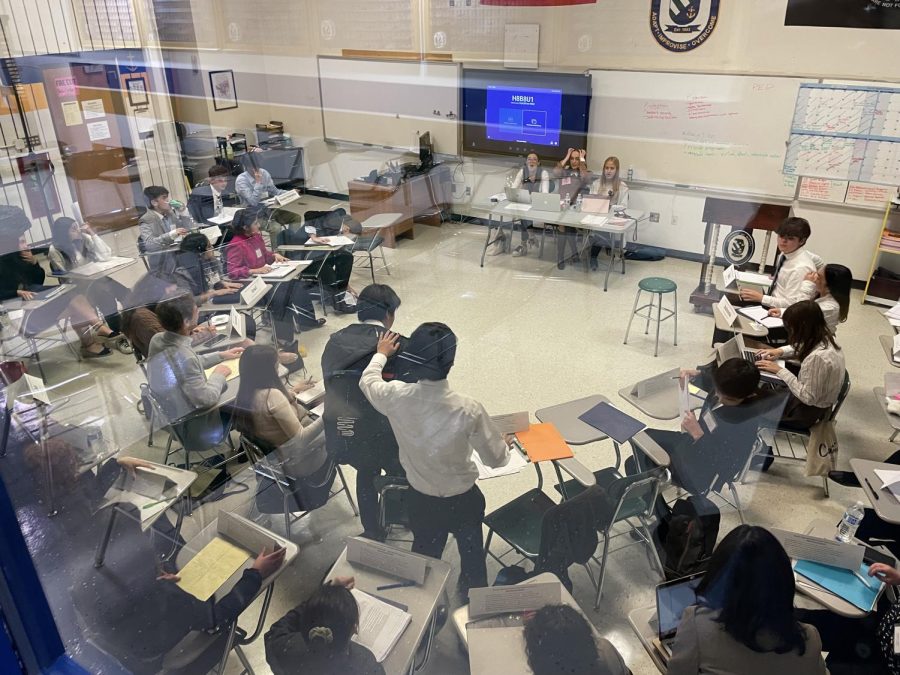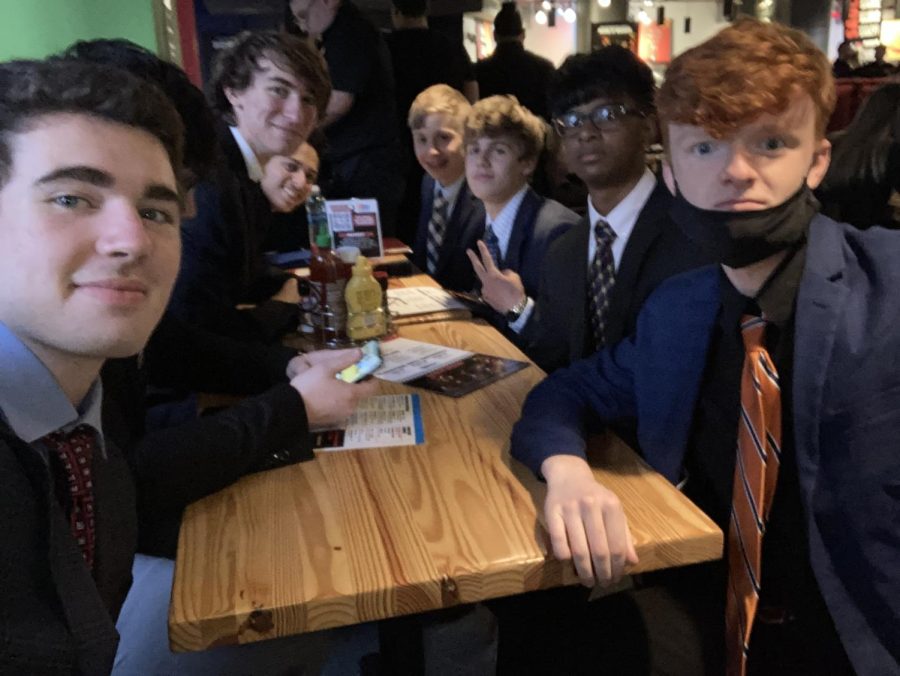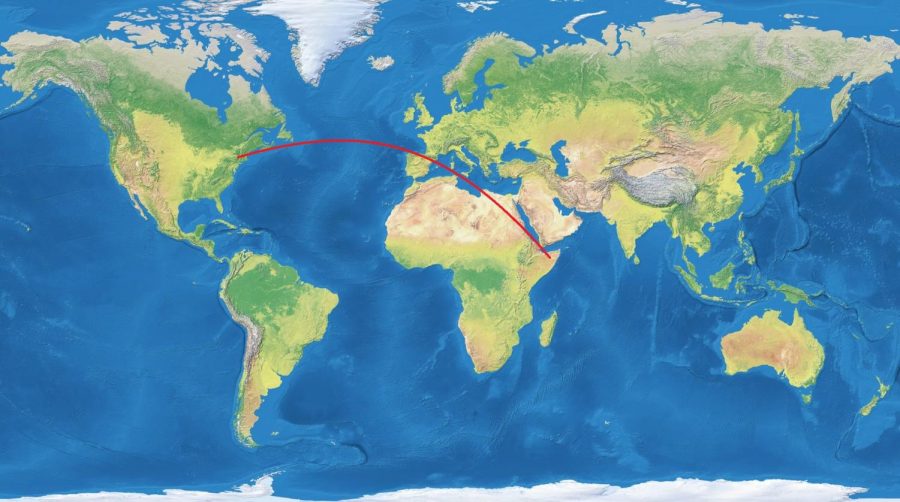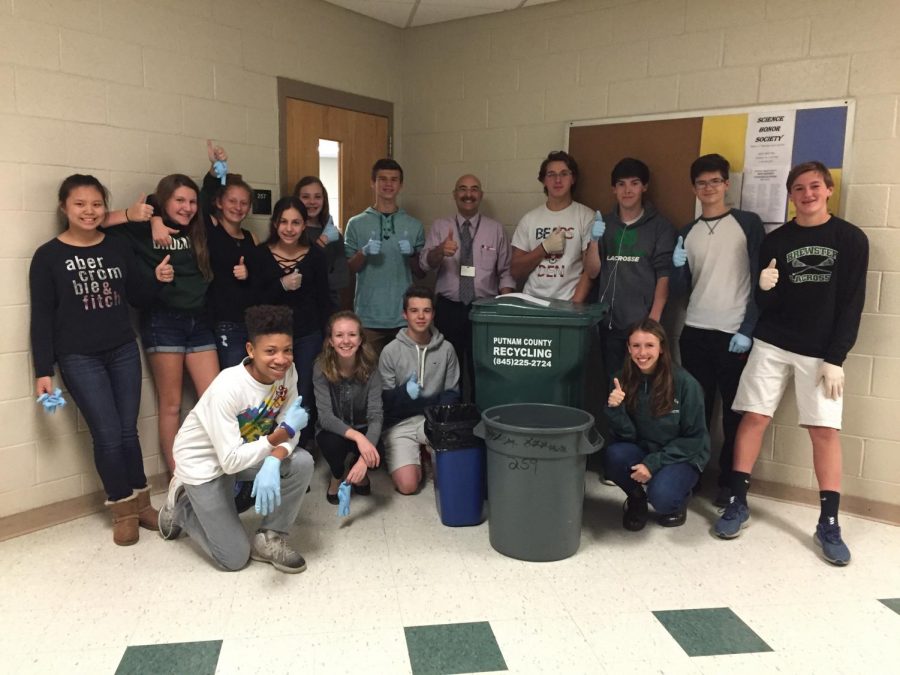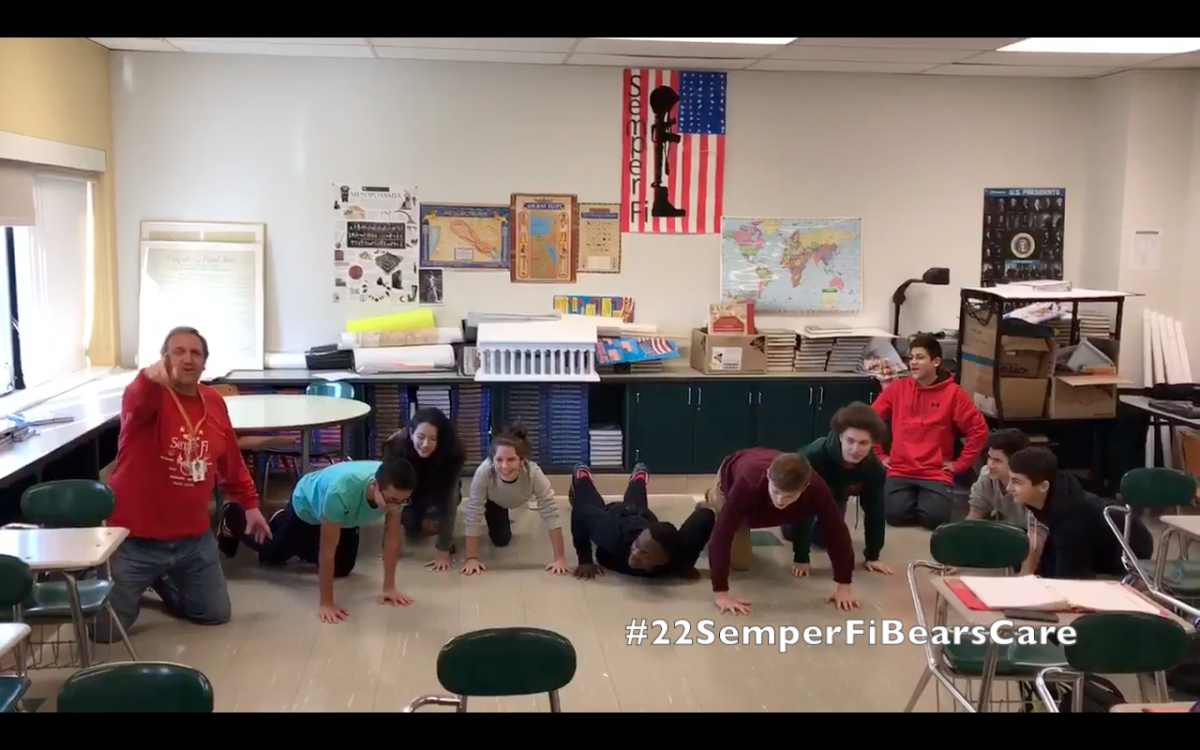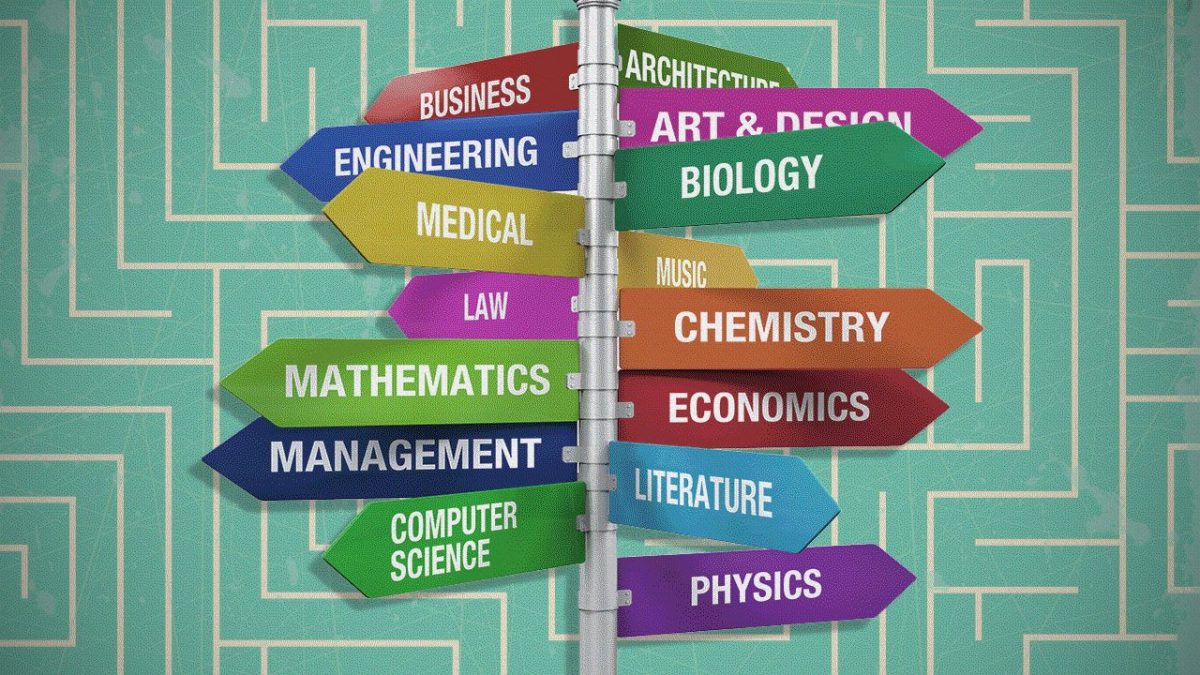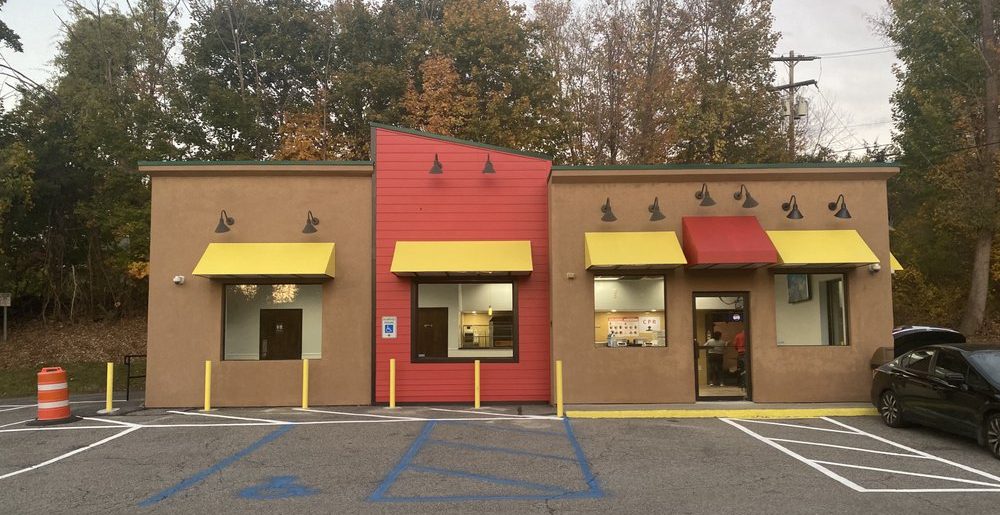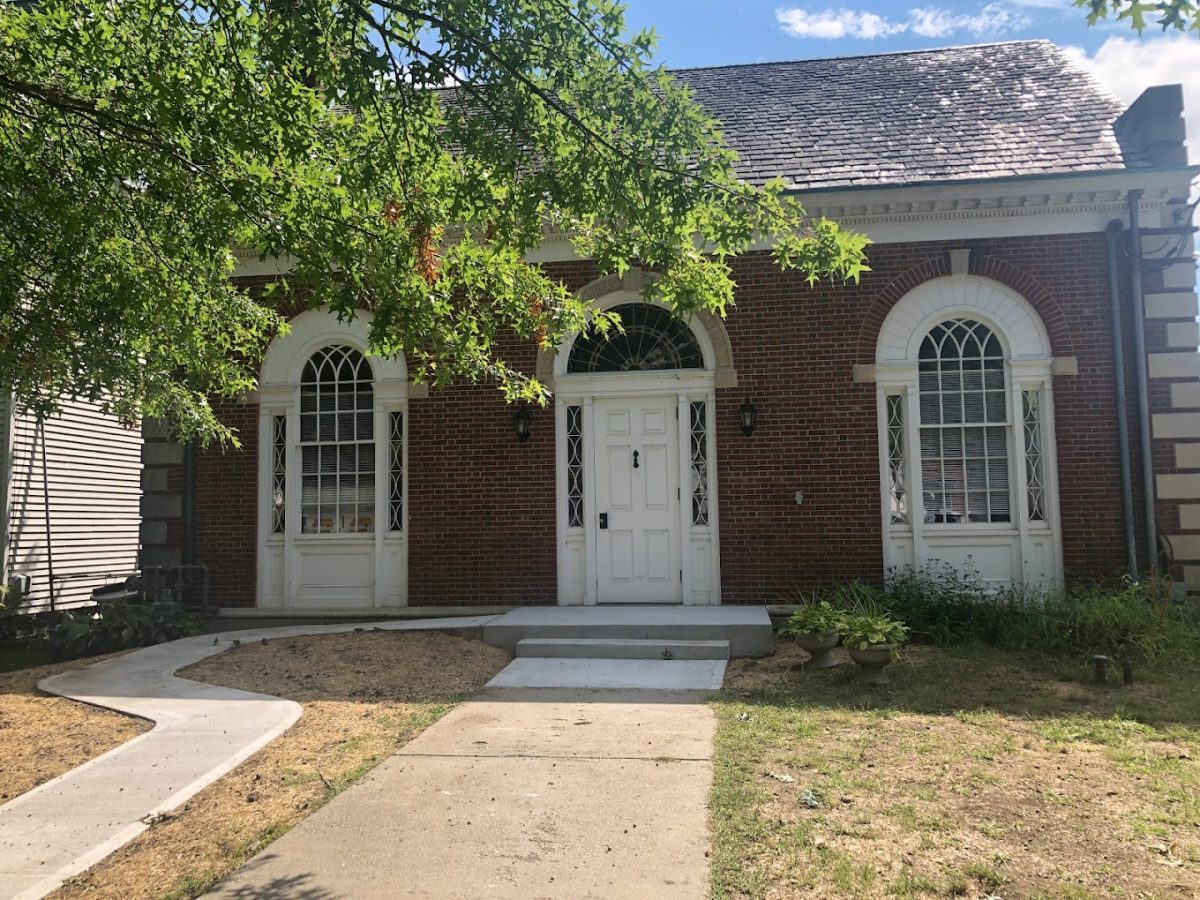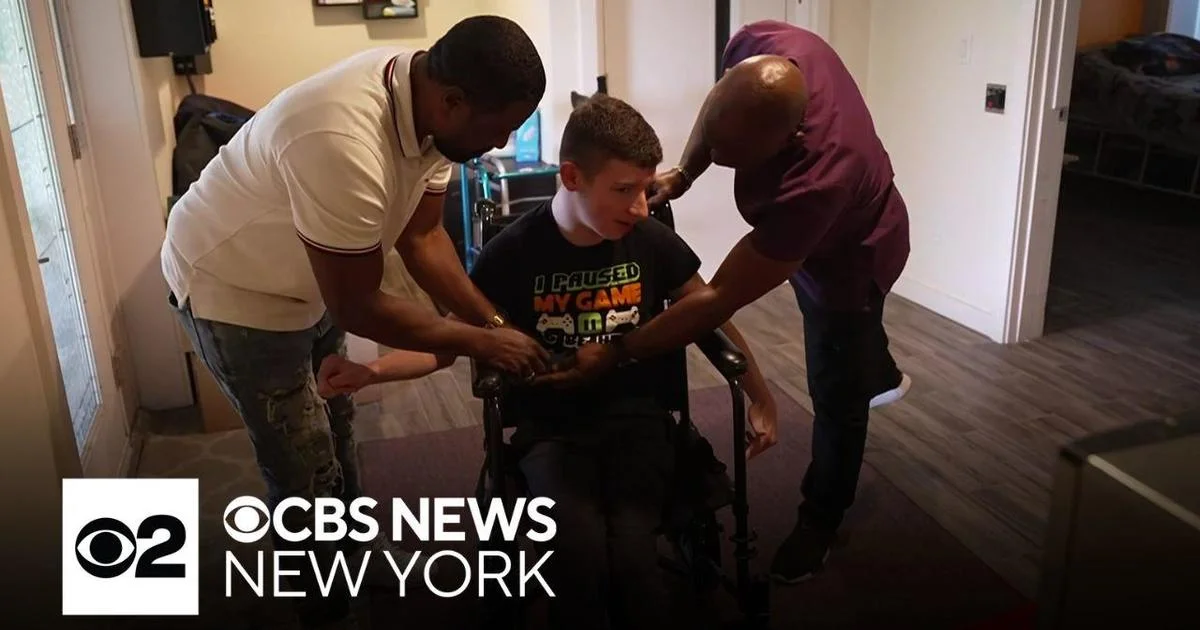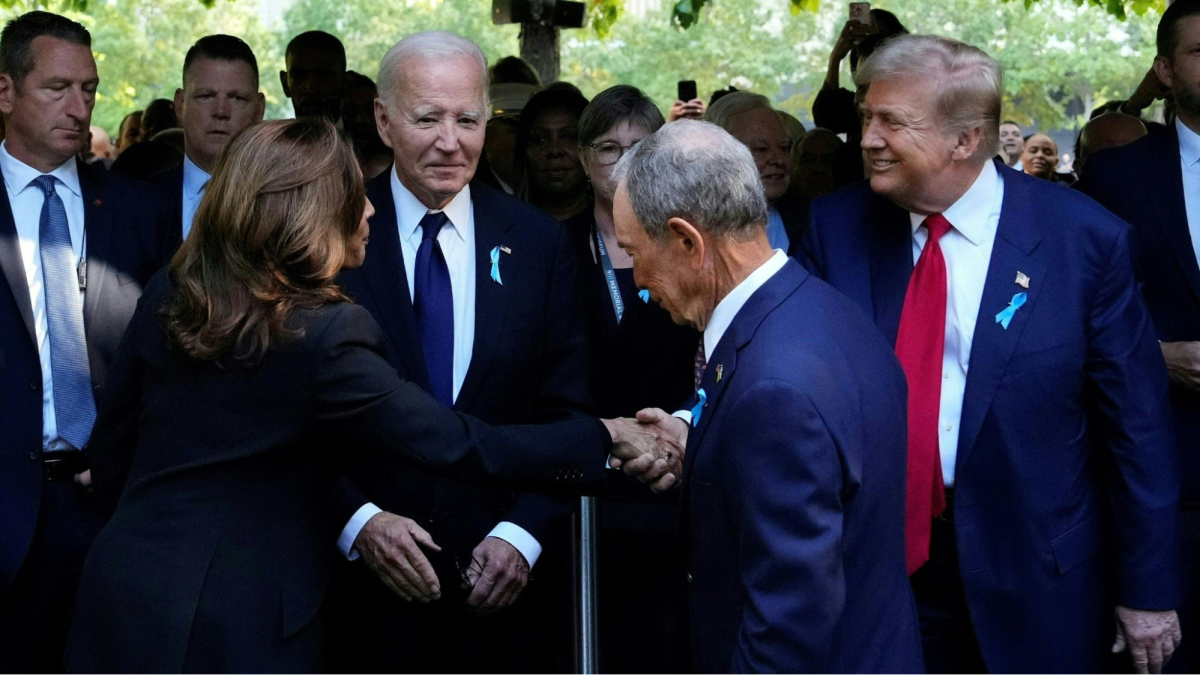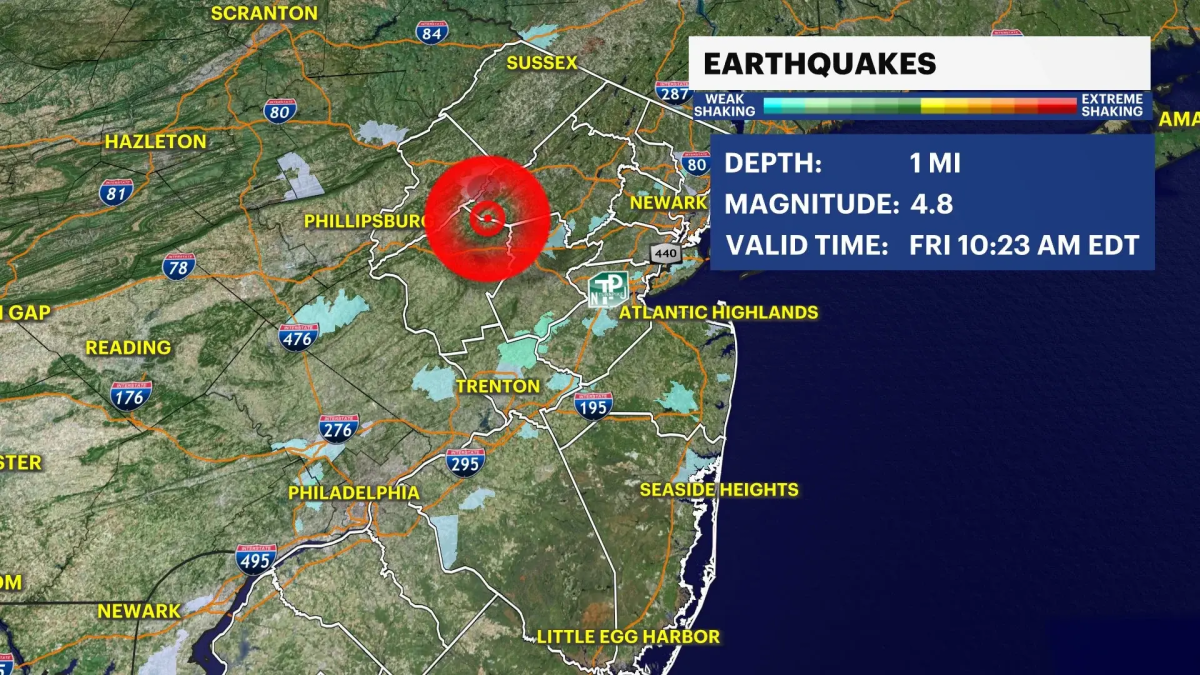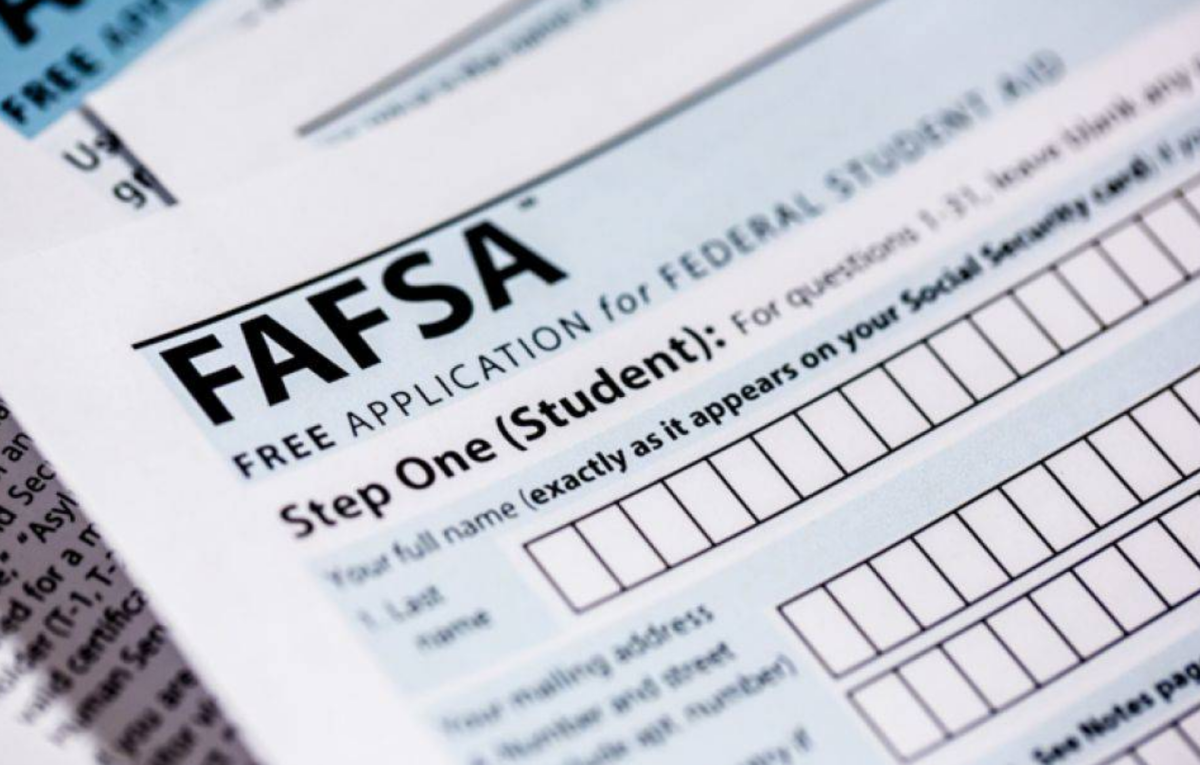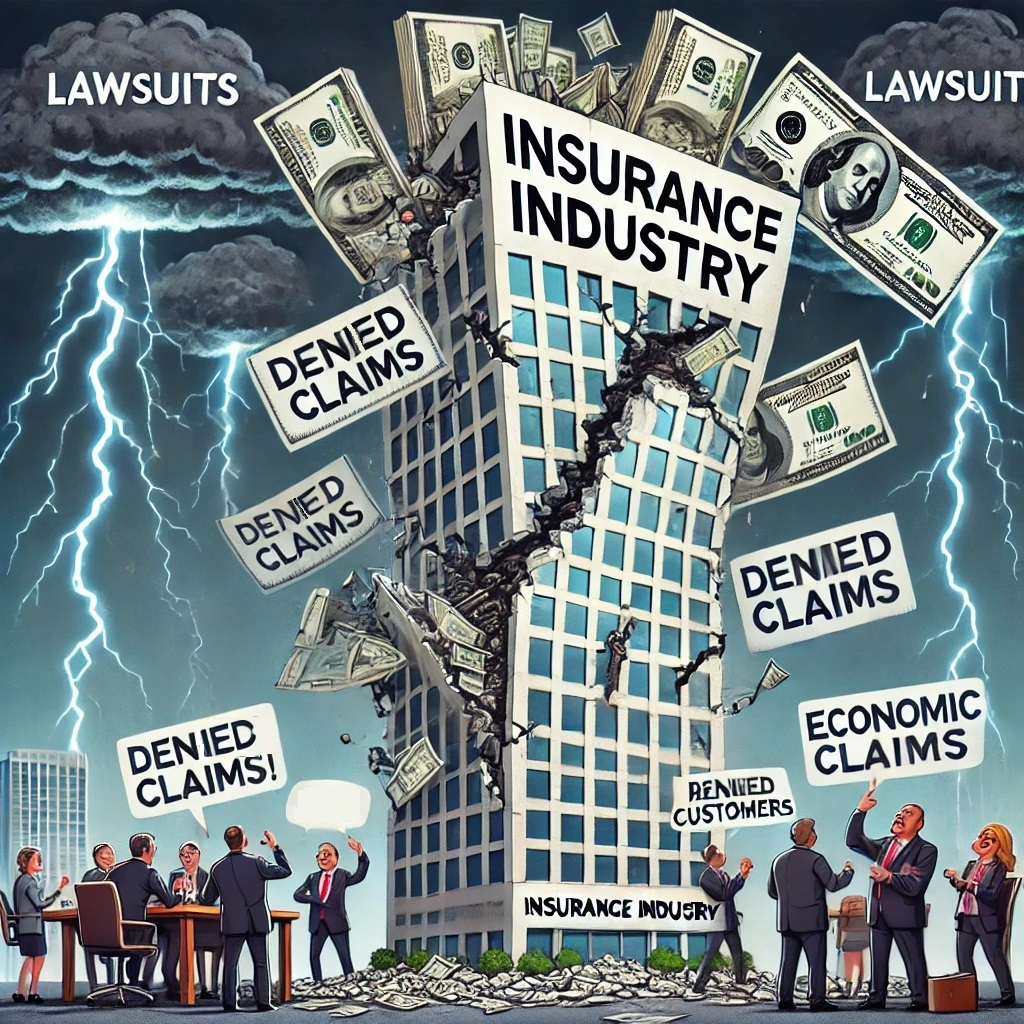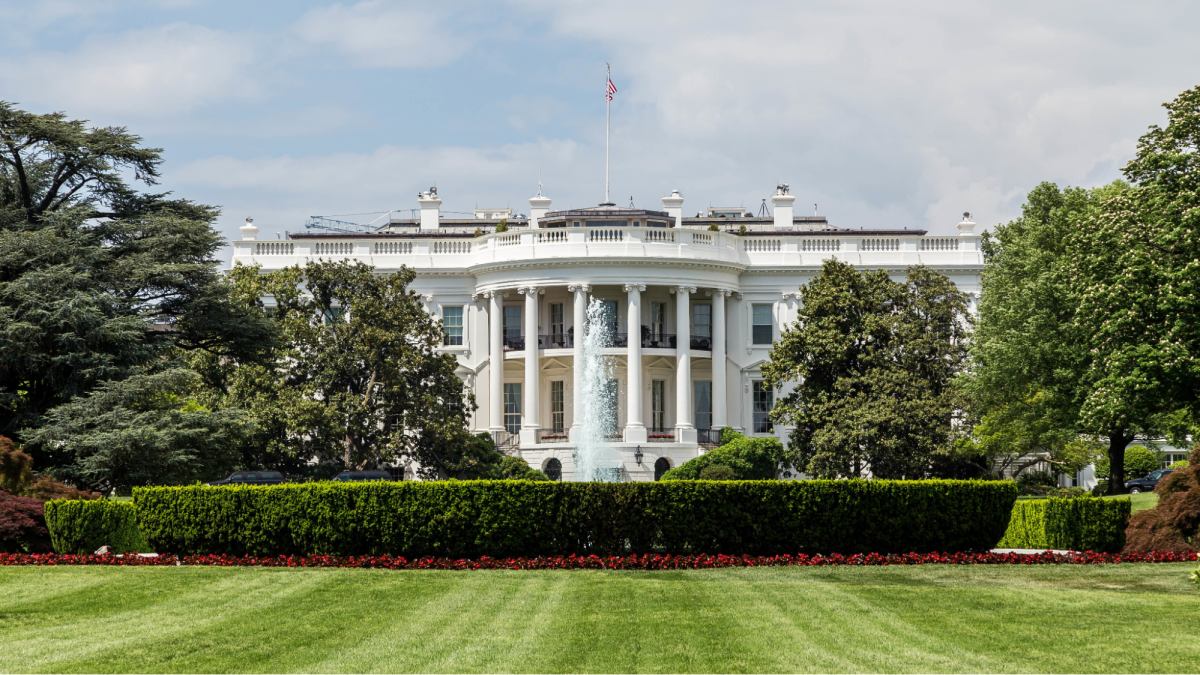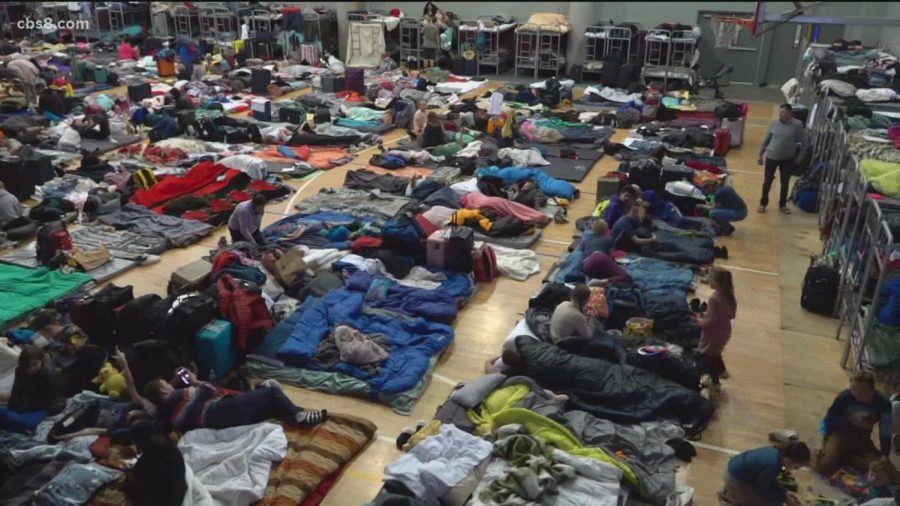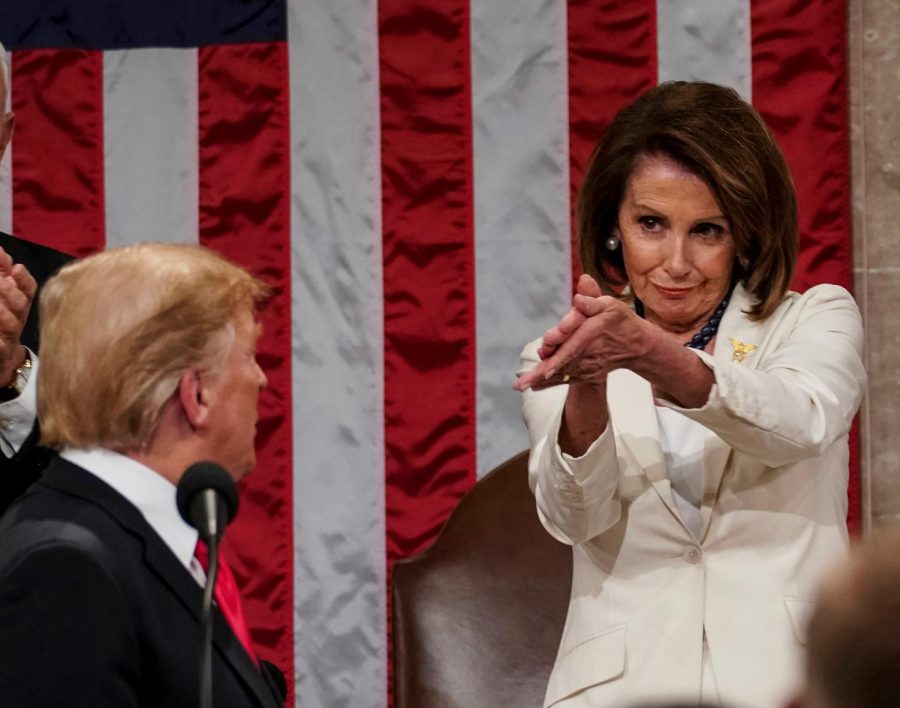SHUTDOWN! What Does it Mean for Us and Could it Happen Again?
February 15, 2019
During these past few weeks, we have seen a high volume of news about the government shutdown, and although it is over now, the threat of another one is still present, with there being no consensus within the government.
So, What Exactly is a Government Shutdown?
A government shutdown is when the legislative and executive branches, referring to Congress and the President, cannot agree on funding for government agencies and as a result, all government run operations are shut down until all parties come to a consensus.
No bills are passed during this period, no federal agencies or departments or any funding occurs, and people working for the federal government are not paid. The majority of these people aren’t required to work for this period of time and are granted furlough, which is unpaid leave.
Departments such as the Internal Revenue Service, which processes taxes, and the Food and Nutrition Service, which gives food stamps to those in need, were thus not able to function. However, employees who are deemed essential to our national security – such as airport workers – must work during this time, without any source of payment. Military personnel are still paid, but they are paid from the Department of Defense’s current budget—after a certain period of time, however, even they cannot be paid due to lack of funds.
The only department in the government which remains completely unaffected in terms of pay is Congress. Congress members are paid their full salaries during a government shutdown as their salaries can be modified exclusively by direct law, which can be changed only when the government is open. And the single way to get out of a government shutdown is a compromise from one or both of these sections of government. Congress (both chambers) must propose and be in favor of a new funding policy which the President must sign off on.
Why Did the Last Government Shutdown Happen?
The last shutdown occurred as the result of a disagreement between Congress and President Trump. President Trump requested the approval for $5.7 billion dollars to be spent on the construction of a border wall between the United States and Mexico. Democrats were strongly against this motion, standing their ground and giving little leeway, which caused a significant problem for the President.
Although we have a conservative president, Congress is currently divided, with the House of Representatives majority being Democratic and the Senate majority being Republican. However, to pass funding measures, there must be a two-thirds majority, and neither chamber has a two-thirds majority of any party. Thus, President Trump had to appeal to the Democrats, who have been vehemently opposed to this policy, as well as to Republicans, who were not unanimously in support of the wall. However, since no agreement could be reached on how to best handle this, the government was shut down by President Trump, who has since blamed Congressional Democrats for the shutdown.
Efforts to End the Shutdown
Contrary to some reports, although Democrats were very opposed to the construction of the wall, they did attempt to compromise. As House Democrats took control on January 3rd, a bill was introduced and passed to reopen the government that included $1.3 billion for border fencing and $300 million for border security. However, Trump would not sign off. Democrats have also attempted to pass bills on opening specific areas of the government again, but to no avail.
Since then, Trump has introduced new measures for bipartisan interests and outlined a plan that he believes is a true compromise: he would reopen the government if he got the full funding for his wall, and would then extend protections for DACA recipients (illegal immigrants brought to the United States under the age of eighteen) and allow refugees of violence and natural disaster to remain in the United States. However, Democrat Speaker of the House Nancy Pelosi shut this effort down. The plan, which ultimately won out, is one without any source of funds for the wall or border security, but established government funds only until February 15. A bipartisan committee will have to come to a consensus by that date and decide how to fund the wall and border security.
Aftermath and Future Government Shutdowns
The government shutdown lasted for 36 days, cost the United States about 11 billion dollars, and reduced GDP growth by 0.6% (a significant sum when the GDP is about 21.7 trillion dollars). Additionally, the shutdown directly affected about 3% of the US labor force – approximately 4 million people. National parks and landmarks were ruined due to the lack of park rangers and staff, although some states, such as New York, did pay federal employees during this time, and the landmarks in these states were minimally affected. TSA Workers, who were forced to work without pay, led a lawsuit against the federal government from the National Air Traffic Controllers Association, or simply quit, which led to a shortage of workers at airports.
All of these negative effects are still felt today in the ripple effects of the shutdown, albeit not quite to the same extent they were a few weeks ago. However, they may be felt to that extent again.
If the government gives no funding to Trump’s wall, or a compromise is not reached, it is highly likely that he will attempt to shut the government down once again. Whether you are a Democrat or a Republican, it can be agreed upon that more bipartisan measures must be taken in the future to prevent such drastic measures from being taken again.







